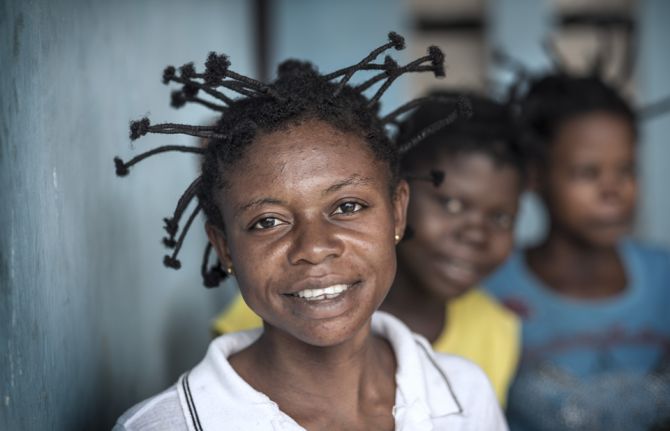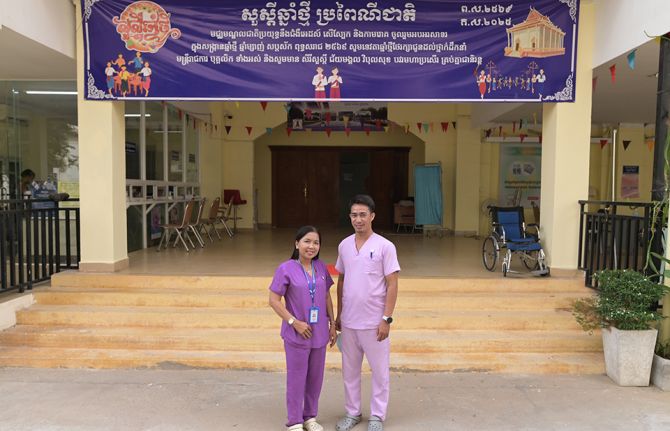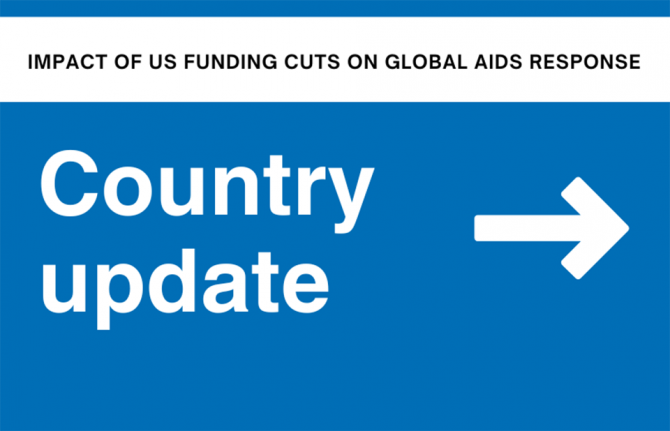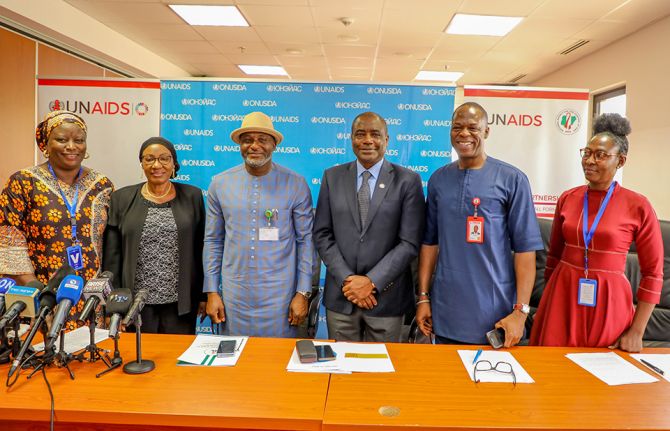

Feature Story
Democratic Republic of the Congo on track with its HIV catch-up plan
22 May 2017
22 May 2017 22 May 2017The Democratic Republic of the Congo’s HIV catch-up plan shows that impressive results in the response to HIV can be made when partners work together.
Launched in December 2016, the western and central Africa catch-up plan aims to ensure that 4.5 million people living with HIV in the region will have access to HIV treatment by 2020. In support of the regional plan, the Democratic Republic of the Congo’s country plan—developed and implemented by the Ministry of Health and the National AIDS Commission—aims to increase the number of people on antiretroviral therapy in the country by 80 000 people, to more than 200 000 people by June 2018.
An intensive HIV testing campaign in the country has enabled 2 million people to know their status—essential to enabling people to access HIV treatment.
Coverage of antiretroviral therapy in the country stood at just 33% of people living with HIV in 2015, higher than the region’s coverage (28%), but much lower than the coverage in eastern and southern Africa (54%). According to government estimates, by April 2017, 34 000 more people were on treatment. The increase puts the country on track to reach the June 2018 target, which would see 73% of people living with HIV on treatment.
The encouraging increase in treatment coverage resulted from a range of partners—the Ministry of Health and the National AIDS Commission, United Nations agencies, the Global Fund to Fight AIDS, Tuberculosis and Malaria and the United States President’s Emergency Plan for AIDS Relief, among others—working together to finance and give technical support to the scale-up. By focusing on the three most affected provinces in the country, resources have been maximized where they are most needed.
Community-based antiretroviral medicine distribution points and community-based early warning systems have helped to reduce drug stock-out and improve the quality of HIV services. These community health services are among the best practices that have been scaled up to increase treatment coverage.
UNAIDS is working with countries to ensure that 30 million people living with HIV have access to treatment through meeting the 90–90–90 targets—whereby 90% of people living with HIV know their HIV status, 90% of people who know their HIV-positive status are accessing treatment and 90% of people on treatment have suppressed viral loads—by 2020.
Quotes
“The Democratic Republic of the Congo’s example shows what can be done. UNAIDS encourages other countries to mirror the catch-up plan and accelerate efforts towards ending AIDS in the western and central Africa region, ensuring that no one is left behind.”



